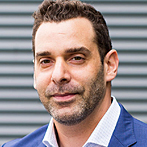Q1. Nicole, Darktrace's recent valuation at over $1.2 billion suggests that investors and others see artificial intelligence and machine learning as being critical to cyber security in the years ahead. Why has AI become so fundamental to cyber security? What kind of security products or services do you see benefiting the most from AI?
The attacks of the past several years have made it clear that global threats move too quickly for human security teams to keep up. Threats are evolving at unprecedented rates, with machine speed attacks that require action within milliseconds. Compounding this challenge, the attack surface keeps expanding as we migrate to the cloud, add IoT devices to our networks, and as OT environments become increasingly connected to the corporate network.
It's a new era, and cyber security has become an arms race. Threat-actors and defenders alike will be racing to deploy the better algorithms, and we'll soon see machines fighting machines on the battleground of corporate networks.
Companies across the globe have realized that legacy protections which rely on historical data will never be sufficient in this new age of pernicious threat. With each rule we write, hackers will only add another tool to their toolkit. The future of cyber security lies in automation and artificial intelligence, capable of defending against the unknown threats targeting our entire network infrastructure, including IoT, cloud and virtual environments, and ICS.
By understanding the normal ‘pattern of life' for a network, AI-powered cyber defense can identify and autonomously neutralize never-before-seen threats that are already inside the network. Whether threats originate from the cloud, an OT environment, or an internet-connected fish tank, AI is able to identify and respond in real time.
In a rapidly evolving threat landscape faced by stretched security teams, AI technology has established the future of cyber security: self-defending networks that can neutralize in-progress attacks within 2 seconds of emerging, without requiring human intervention.
Q2. Justin, what do you see as some of the biggest challenges organizations currently face in operationalizing threat intelligence?
One of the biggest challenges of threat intelligence comes down to utilizing it in a timely manner, before it becomes irrelevant. Threat intelligence feeds are retrospective – it takes time to discover new intelligence, reverse engineer it, and then share it. The data is entirely based on prior knowledge of attacks – it can't help if you get the information once you're infiltrated and perhaps more importantly, it can't predict future attacks. Threat intelligence is useful to protect against similar attacks that are circulating, but it must be acknowledged and interpreted in real-time.
The time and resources it takes to correctly understand and integrate the data presents [its own] a unique challenge. When threat intelligence comes in, it takes the right people and many hours of manpower to grind through the data and interpret it. The cyber skills shortage is an often talked about problem, but we rarely read about the solutions. Using AI technology to automate the analyst can help security teams cut through the noise and discern what's useful.
Ultimately, security teams should operationalize threat intelligence feeds by working in tandem with AI technology and automation to gain more valuable insights. AI can help separate genuine, timely information from the clutter without spending hours of analyst time. When working with threat intelligence, it's important to use these tools to work smarter, not harder. And finally, to always remember that yesterday's attack won't predict tomorrow's.
Q3. Nicole, will AI eventually reduce or even eliminate the need for human skills in cyber security some day or do you see it more as complementing and bolstering human capabilities in this space?
As an industry, we face a worsening cyber skills shortage, with the demand for skilled practitioners consistently outstripping supply. Companies struggle to find qualified people for the job, and the analysts they do have are tasked with sifting through upwards of 200,000 alerts per day. And beyond finding talent, security teams must combat the challenges of alert fatigue and burnout. AI technology has proven invaluable in meeting this challenge. But rather than replacing security teams, AI acts as a force multiplier by autonomously responding to threats – giving analysts critical time to catch up and focus their efforts on the most important initiatives.
Finding an indicator of the next global attack is like trying to find a needle in a haystack for security teams. But not only do analysts need to find the threat among hundreds of thousands of alerts, they need to find it in real time, before it starts to do damage. AI technology works to effectively visualize and prioritize threats in order of their severity, proving the difference between finding a threat as it emerges and finding it hundreds of days later.
Stretched security teams are also working in tandem with AI by relying on autonomous response technology to take precise and proportionate action against cyber-threats. This breakthrough technology is capable of autonomously neutralizing more than 7 threats per minute, giving security teams ample time to catch up and focus on the most serious incidents.
Ultimately, AI won't replace the analysts but instead allow them to be more productive, proactive, and focused on strategic priorities. Using AI as a force multiplier, security teams of all sizes can rapidly investigate, remediate, and move on to the next incident – resulting in upwards of ten hours a week saved per security analyst.
Q4. Justin, what do you expect will be some of the key conversations around the use of AI and machine learning in cybersecurity at Black Hat USA 2018?
As Nicole said, I think a big part of the conversation at Black Hat USA 2018 will be about using artificial intelligence to augment the human. We're faced with a dramatic cyber skills gap, and I think Black Hat will be where we stop talking about the problem and start talking about solutions.
Integrating AI into the SOC will be critical to staying ahead of new, sophisticated threats – humans need the help of machines. Hackers only have to succeed once, but security teams need to guarantee a continuous defense of their entire infrastructure. There's no way to do this without working in tandem with AI-based detection and autonomous response.
Once integrated into the SOC, it will take some time to fully operationalize AI into the analyst workflow, and I think this will be part of the conversation too. The kind of alerts produced by AI-based early detection is fundamentally different from signature-based alerts. It requires an updated investigative workflow based around contextual validation and probabilistic judgment calls.
Now that AI has become such a mainstream topic, I think we'll also start talking about using its capabilities in non-traditional networks like virtual environments and industrial control systems. We live in an era of networks without borders, and it's important that we use the best technologies at our disposal to provide defense across all types of infrastructure, including in the cloud, ICS, and IoT.










